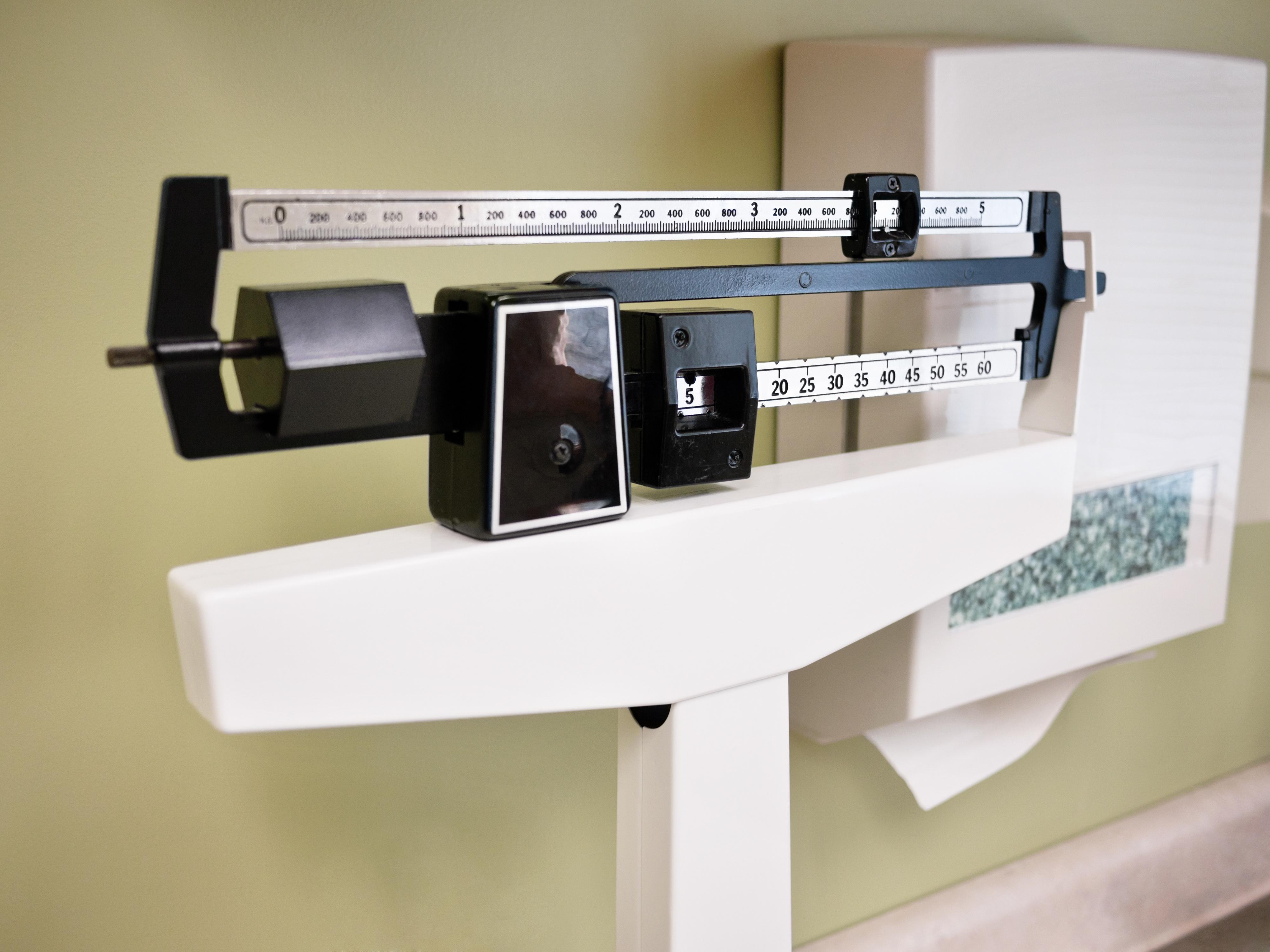Article
Comparing Cost-Effectiveness of Management Approaches for Severe Obesity in T2D
Author(s):
An economic evaluation using a microsimulation model comparing Roux-en-Y gastric bypass, sleeve gastrectomy, and medical therapy for severe obesity in patients with type 2 diabetes suggests gastric bypass was the most cost-effective approach.

A new study is providing insight into the cost-effectiveness of various treatment approaches for management of severe obesity in patients with type 2 diabetes.
An economic evaluation of a microsimulation model used to project health and cost outcomes, results indicate Roux-en-Y gastric bypass was projected to be more cost-effective in patients with severe obesity and type 2 diabetes, regardless of disease severity, when compared to medical therapy and sleeve gastrectomy.
“Over 5 years, RYGB was projected to result in greater weight loss and T2D remission rates than sleeve gastrectomy and medical therapy in US adults with severe obesity and T2D, regardless of T2D severity at baseline. Despite its higher upfront surgical costs, RYGB was estimated to be the most cost-effective treatment over 5 years and became even more cost-effective over longer time horizons,” wrote investigators.
Although the obesity epidemic has continued to grow in the US, patients with obesity have never had access to such an array of management approaches. As the safety and efficacy of these approaches becomes evident, focus has begun to shift to the cost-effectiveness of each treatment. With this in mind, a team from the Columbia University Irving Medical Center designed the current study to provide clinicians with insight into estimates of the cost-effectiveness of medical therapy, sleeve gastrectomy, and Roux-en-Y gastric bypass among patients with severe obesity and type 2 diabetes.
Investigators used a microsimulation model to project health and cost outcomes of each approach over a 5-year period, with time horizon varied between 10-30 years in sensitivity analyses. Investigators pointed out model inputs were derived from clinical trials, large cohort studies, national databases, and published literature. Additionally, probabilistic sampling of model inputs accounted for parameter uncertainty and estimates for obesity and type 2 diabetes were derived from NHANES data.
The primary outcome measures of interest for the study were quality-adjusted life-years (QALYs), costs, and incremental cost-effectiveness ratios (ICER). For the purpose of analysis, a strategy was considered cost-effective if the ICER was less than $100,000 per QALY. Investigators noted the preferred strategy would result in the greatest number of WQALYs gained while being cost-effective.
The investigators’ model simulated 1000 cohorts of 10,000 patients. Of these, 16% had mild type 2 diabetes, 56% had moderate type 2 diabetes, and 28% had severe type 2 diabetes baseline. The mean simulation age of patients was 54.6 (95% CI, 54.2-55.0) years, 61.6% (95% CI, 60.1%-63.4%) were female, and 65.1% (95% CI, 63.6%-66.7%) were non-Hispanic White.
Results of the analyses indicated Roux-en-Y gastric bypass was associated with the most QALYs gained in the overall population (mean, 0.44 QALY; 95% CI, 0.21- 0.86 QALY) and when stratified by baseline T2D severity at 5 years ([mild: mean, 0.59 QALY; 95% CI, 0.35-0.98 QALY], [moderate: mean, 0.50 QALY; 95% CI, 0.25-0.88 QALY], [severe: mean, 0.30 QALY; 95% CI, 0.07-0.79 QALY]).
When assessing for ICER, results demonstrated Roux-en-Y gastric bypass was the preferred strategy in the overall population and when stratified by baseline diabetes severity ([mild: ICER, $36,479 per QALY; 73.7% probability preferred], [moderate: ICER, $37,056 per QALY; 85.6% probability preferred], [severe: ICER, $98,940 per QALY; 40.2% probability preferred]. Investigators pointed out assessing cost-effectiveness over a longer time horizon resulted in improved cost-effectiveness for Roux-en-Y gastric bypass.
This study, “Estimated Cost-effectiveness of Medical Therapy, Sleeve Gastrectomy, and Gastric Bypass in Patients With Severe Obesity and Type 2 Diabetes,” was published in JAMA Network Open.




